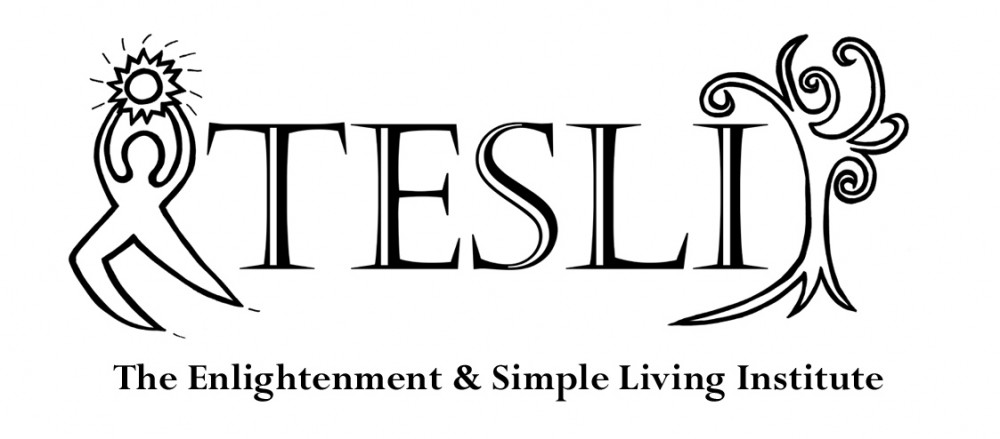Je Tsongkapa (1357-1419) was born in Eastern  Tibet. Tsongka means onion fields and refers to the place he is from. Je is an honorific meaning Lord.
Tibet. Tsongka means onion fields and refers to the place he is from. Je is an honorific meaning Lord.
At age three he received lay ordination as a Kagyu. At 24 he was ordained as Lobsang Drakpa in the Sakya tradition. He studied with all the greatest teachers of his day in many different traditions. He is the founder of the Gelupa School of Tibetan Buddhism (the school of the Dalai Lamas).
Je Tsongkapa had three famous disciples: Gyaltsab Je (1362-1432), First Dali Lama: Gyalwa Gendun Drup(1391-1475), and Kedrup Je (1385-1438)
The story of how Gyalstab Je and Kedrup Je became his students is a good on: Gyaltsab Je and Kedrup Je both went to challenge Je Tsongkapa. One of them got up on the throne as Je Tsongkapa was teaching to imply he could teach as well. Then after a few minutes of listening he stepped down, a while later he made prostrations, and then finally took off his hat and asked to by Je Tsongkapa’s student.
Geshe Michael Roach claimed in 1993 that Gyaltsab Je’s books were so deep that despite yearly study sessions for the last 22 years in the monastery (lasting 30 days straight and 16 hours a day) no one has reached the ending chapters. So if the student was so adept, imagine the teacher.
Je Tsongkapa wrote 10,000 pages of commentaries on Buddhism – with only 5 -10% translated. His holiness the 14th Dalai Lama commends the great and detailed work that Je Tsongkapa did. Like no one in the history of Buddhism, he took every difficult point and explained them clearly in an irrefutable manner. Indeed, in the gelupa tradition if Je Tsongkapa said it, then it is taken as truth – much like the word of a buddha.
